Introduction
In the vast culinary landscape of global gastronomy, street food holds a unique and cherished place. It embodies the essence of local culture, tradition, and flavor, often serving as a bridge between the past and present. Among the myriad of street delicacies, oil pancakes, or youbing in Chinese, stand out for their crispy exterior, soft and fluffy interior, and the rich, aromatic scent of fried dough infused with oil. Whether enjoyed as a breakfast treat, a snack between meals, or a late-night indulgence, oil pancakes offer a simple yet satisfying culinary experience. This article aims to provide a comprehensive guide to crafting delicious oil pancakes, detailing both traditional recipes and techniques that will enable you to recreate this beloved street food at home.
The History and Significance of Oil Pancakes
Oil pancakes have a long and rich history, tracing their origins back centuries in various cultures across Asia. In China, they are particularly associated with northern regions where wheat-based dishes are prevalent. Traditionally, oil pancakes were made using simple ingredients available locally—flour, water, salt, and oil—reflecting the ingenuity of rural cooks in transforming basic staples into delightful meals. Over time, the recipe has evolved, incorporating various fillings and toppings to cater to diverse tastes and preferences. Despite these variations, the fundamental principle remains the same: creating a perfectly balanced dough that yields a pancake that is both crispy and tender.
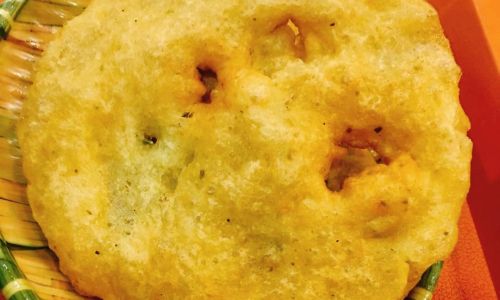
Ingredients and Formula
The key to making exceptional oil pancakes lies in the quality of ingredients and the precision of measurement. Here’s a classic recipe that balances tradition with accessibility:
- Flour: 300 grams (preferably all-purpose or a blend of all-purpose and bread flour for added texture)
- Warm Water: 180 milliliters (adjust based on flour absorption)
- Salt: 1 teaspoon
- Vegetable Oil: 3 tablespoons (plus extra for frying)
- Baking Powder (optional): ½ teaspoon for added fluffiness
Step-by-Step Preparation
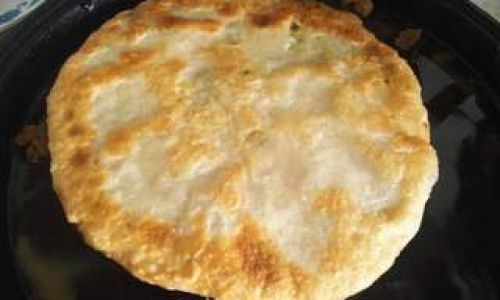
-
Mixing the Dough:
Begin by placing the flour, salt, and baking powder (if using) in a large mixing bowl. Create a well in the center and pour in the warm water and 1 tablespoon of vegetable oil. Gradually mix the ingredients together, using your hands or a wooden spoon, until a shaggy dough forms. Transfer the dough to a lightly floured surface and knead for about 8-10 minutes until it becomes smooth and elastic. If the dough feels too sticky, add a bit more flour; if it’s too dry, add a splash of water. -
Resting the Dough:
Once the dough is ready, cover it with a damp cloth or plastic wrap to prevent it from drying out. Let it rest for at least 30 minutes. This resting period allows the gluten in the flour to relax, making the dough easier to roll out and less prone to shrinking. -
Rolling Out the Pancakes:
Divide the rested dough into 6-8 equal portions. Roll each portion into a ball, then flatten it slightly with your palm. Using a rolling pin, roll each ball into a thin circle, about 6-8 inches in diameter. The thinner the pancake, the crispier it will be. If the dough starts to spring back, let it rest for a few minutes before continuing to roll.
-
Adding Oil and Layering:
Brush a thin layer of vegetable oil over the surface of each rolled-out pancake. This is crucial for achieving that golden, crispy exterior. Optionally, you can sprinkle a light dusting of flour or sesame seeds for added texture and flavor. Stack the oiled pancakes on top of each other, with a piece of parchment paper or plastic wrap between each to prevent sticking. -
Cooking the Pancakes:
Heat a skillet or frying pan over medium-high heat and add enough vegetable oil to cover the bottom. Once the oil is hot, carefully place one of the stacked pancakes into the pan. Cook for about 2-3 minutes on each side, or until bubbles form on the surface and the edges start to turn golden brown. Use a spatula to gently press down on the pancake occasionally to ensure even cooking. Remove from the pan and drain on paper towels to remove excess oil. Repeat with the remaining pancakes.
Serving and Enjoying
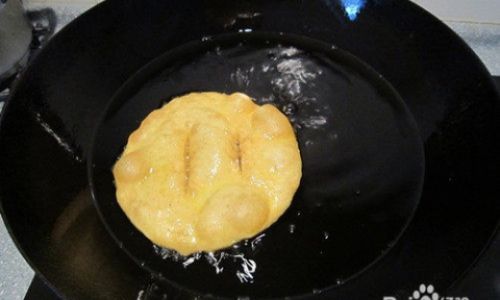
Oil pancakes are incredibly versatile and can be enjoyed in numerous ways. They can be served plain, with a simple dipping sauce made from soy sauce, vinegar, and a touch of sesame oil. For a more filling meal, pair them with a hearty stew or soup. Sweet tooths might enjoy them with a drizzle of honey or a scoop of ice cream for a delightful dessert twist.
Creative Variations
The beauty of oil pancakes lies in their adaptability. Experiment with different fillings such as shredded vegetables, minced meat, or cheese for stuffed versions. For a savory twist, incorporate herbs and spices like cumin, coriander, or garlic into the dough. Sweet variations might include cinnamon, sugar, and chopped nuts.
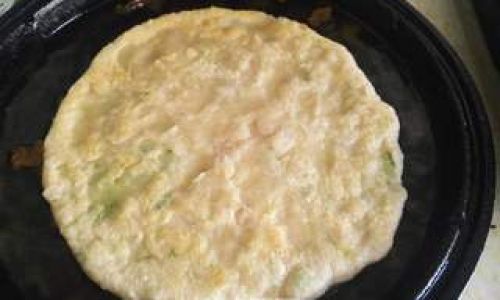
Conclusion
Crafting delicious oil pancakes is not just about following a recipe; it’s about understanding the nuances of dough handling, the importance of resting, and the joy of experimentation. Each pancake you make is a testament to your culinary journey, a blend of tradition and innovation. With this guide, you now possess the knowledge and skills to bring the delight of oil pancakes into your kitchen, transforming simple ingredients into a culinary masterpiece that brings people together and delights the senses. So, roll up your sleeves, heat up the oil, and embark on your own oil pancake adventure!



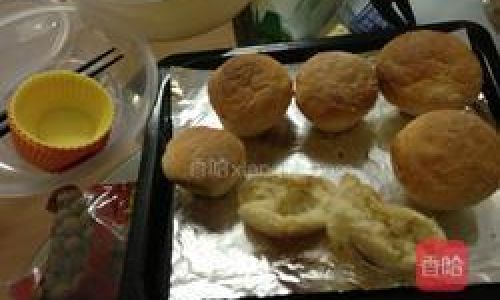

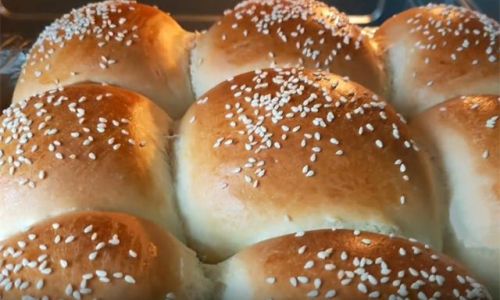
0 comments